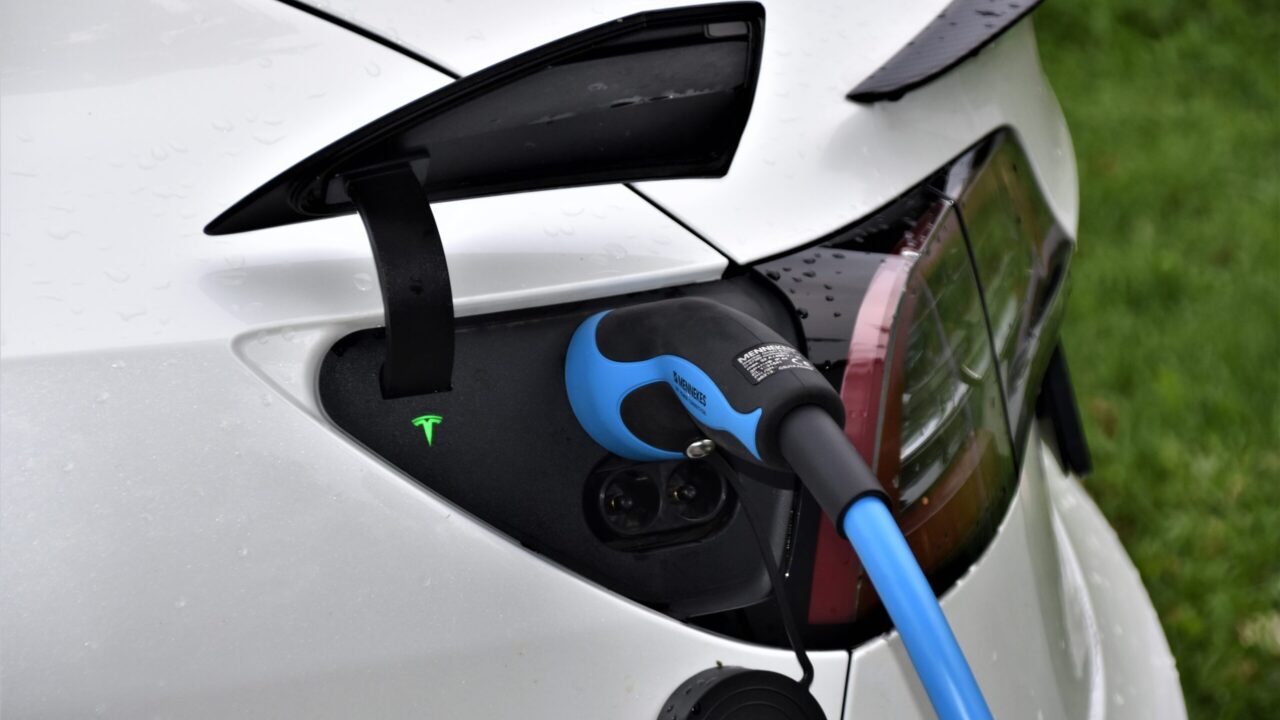While Europe is working on the mobility of the future, evaluating the use of e-fuels to prolong the life of internal combustion engine cars, some doubts continue to emerge regarding the massive use of battery-powered electric cars.
As it is well known, producing these cars has a significant environmental impact, which is then compensated for over the years, thanks to the electric mode, without consuming traditional fuel. However, Reuters news agency has published an interesting article about the cost of repairing some electric cars and the environmental impact that these could have.
The difficulty in repairing or assessing damaged battery packs in electric vehicles (EVs) has led to insurers writing off cars with few miles on the clock. This increases insurance premiums and undermines efforts towards a “circular economy”.
While battery packs can cost tens of thousands of dollars and represent up to 50% of an EV’s price tag, some automakers have made their battery packs easier to repair while others have made them “structural”. This means they are part of the car’s body and cannot be easily removed or replaced. Scrapyards are filling up with low-mileage Teslas, as well as models from Nissan, Hyundai, Stellantis, BMW, Renault, and others. Unless carmakers produce more easily repairable battery packs and provide third-party access to battery cell data, insurance premiums for EVs will continue to rise.
Insurers and industry experts also note that EVs, loaded with safety features, have fewer accidents than traditional cars. The increase in EV battery problems also exposes a hole in the green “circular economy” touted by carmakers, which calls for sustainable resource use, including reducing waste.
An example comes from Italy, where an estimate of 80,000 euros was made to repair a Tesla Model 3 which is worth 49,000 euros.
Is there a workaround to the battery dilemma? For the mobility of the future, it is essential not to rely on a single technological solution, but to diversify the choices according to the use of the car. The batteries are perfect in urban areas, where it is also possible to install recharging points along the roads. For other mobility scenarios, there are several alternatives on which research is making enormous progress.
MIEEG is developing an electric micro-generator, scalable and usable on different types of vehicles, including hybrid cars. The advantage of this solution is to feed the micro-generator both using hydrocarbons and hydrogen also coming from wastewater, using air or oxygen as comburent. We firmly believe that technological development must follow the dual path of environmental protection and energy efficiency, contributing to the containment of emissions, not releasing carbon dioxide.


